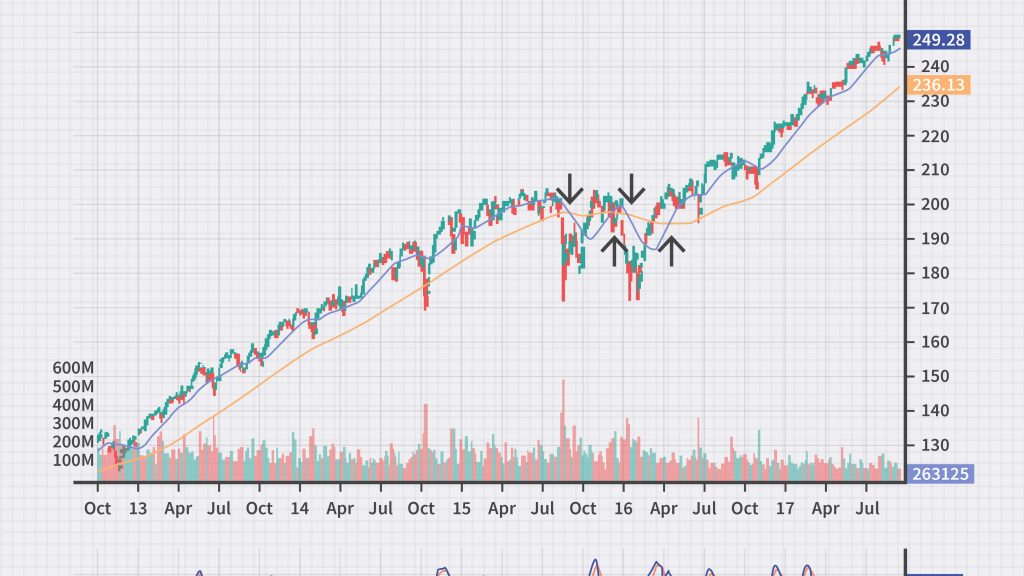Identifying Day Trading Pull Back Trades
Entering a trade on a pullback is one of the most popular trading setups used in the markets today. This article explains its popularity and success.
Entering a trade on a pullback is a popular trading setup used by many investors. If a trader is taking a long position in any market, following a strong upward price change, they wait for a pullback in price. This pullback is a “resting period” before the upward trend continues. This article will discuss pull backs in an uptrend. However, a trader can apply the same principles in a downward trending environment.
The trader enters the trade as the price starts its upward trend following the pullback. The trader would remain in the trade until reaching a predetermined price level, or the trade is stopped out.
This is a technique I use regularly with considerable success. However, it is not without its challenges. A trader must conduct extensive back testing to determine the lowest amount of pullback before a trade will count as a pullback trade. He must also specify the exact place to start the trade on the second leg of the upward price movement.
A trader requires three points to calculate a pullback trade; the beginning of the initial price movement, the end of the initial price change and pullback point. For the purposes of this article, we set the starting point of the initial move as “P1”, the end point of the initial move as “P2” and the pullback point as “P3”.

The formulas required to complete the two calculations are straight forward and can be done with any basic handheld calculator, spreadsheet or even with pencil and paper!
Initial Move
((P2-P1)/P1)*10
Pullback
((P2-P3)/P3)*10
The results of these calculations will result in percentage moves in the market.
With the results of the calculations in hand, it is now time to begin testing and analyzing the results of the back testing.
A delicate balance must be accomplished with pull back trades. The trader can be drawn into small trades referred to “market noise” if the setups are too small. This noise is nothing more than the usual small market fluctuations that take place during any trend. The likely result of this setup is to be stopped out, even though the trader has identified a trade and identified the overall trend of the market.
Conversely, it is likely many successful, smaller trades will be missed if the trader only takes large setups that avoid market noise.
This is an extremely basic look at pull back trades. There are several variations on the principles presented here that should be researched before entering any trades.






